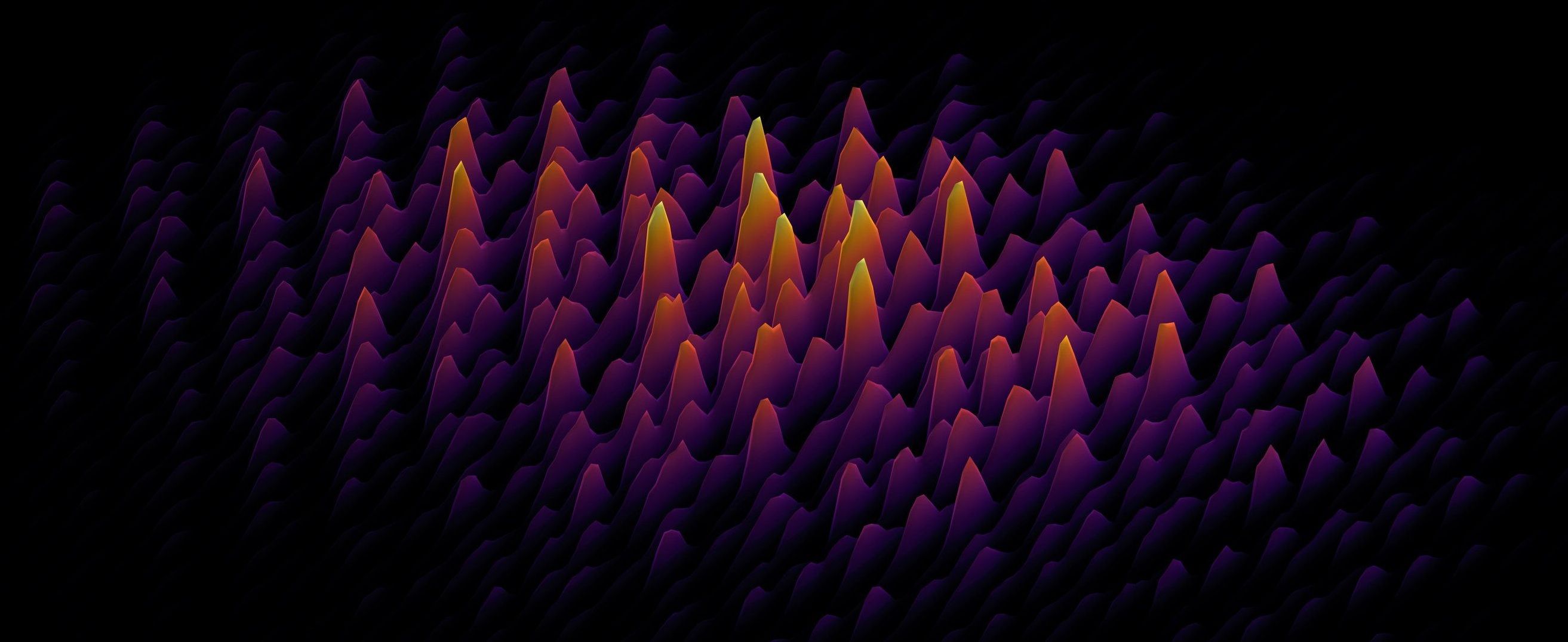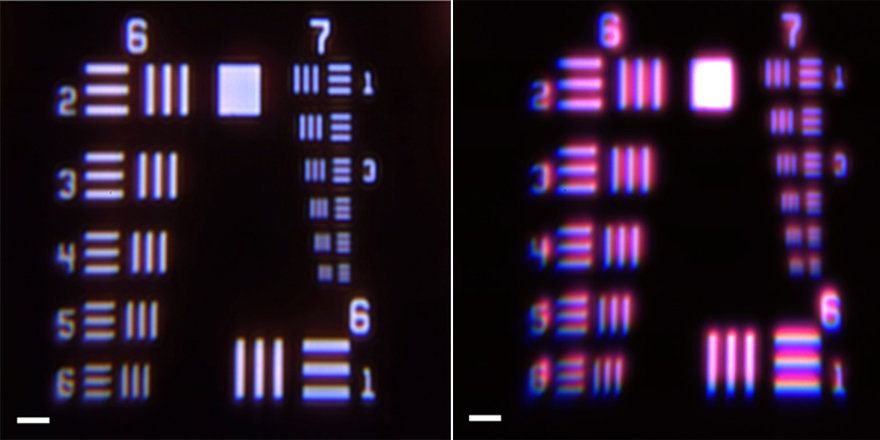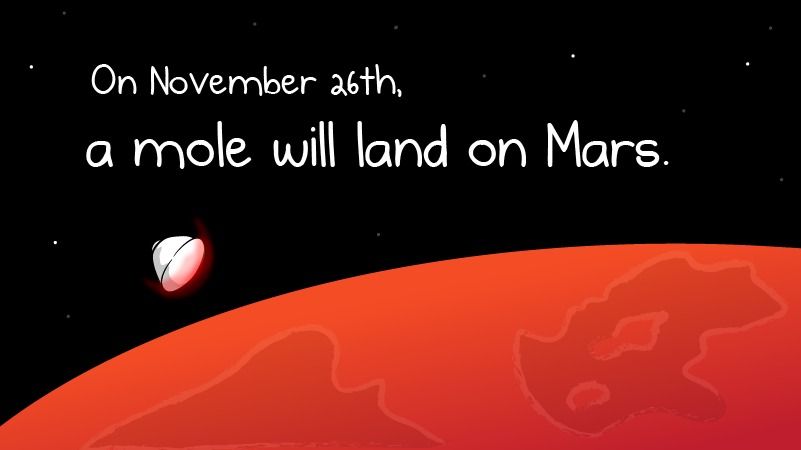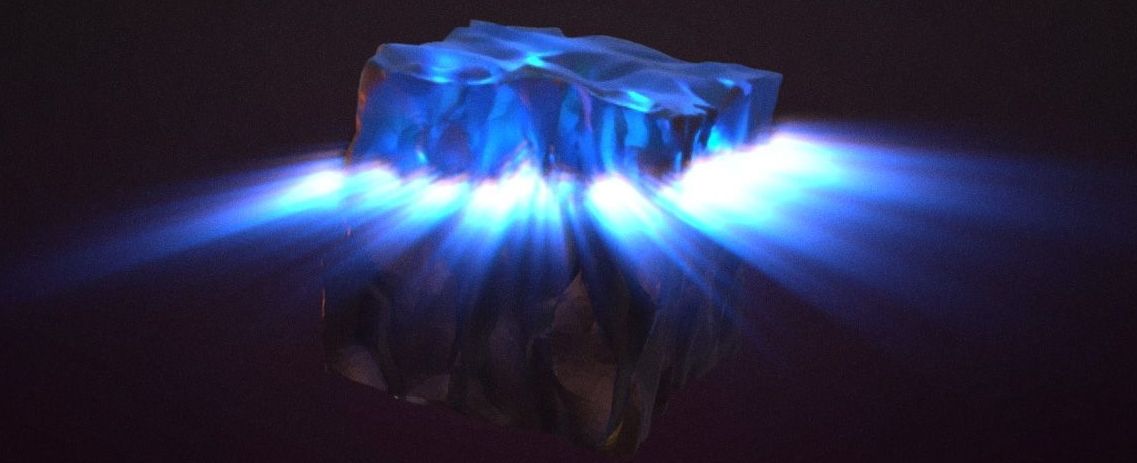Scientists in Fife are investigating if tiny lasers could be used to better understand diseases such as cancer.
Using nano-technology, the St Andrews University experts created lasers small enough to fit inside live cells which can then be tracked.
With a diameter of a thousandth of a millimetre, the lasers can be inserted into neurons or immune cells.








